
Become a member
Join today and help protect nature, beauty and history – for everyone, for ever. Enjoy access to more than 500 places with National Trust membership.
Excellent walking country with ancient woods and tumbling streams
Longshaw, near Sheffield, Derbyshire
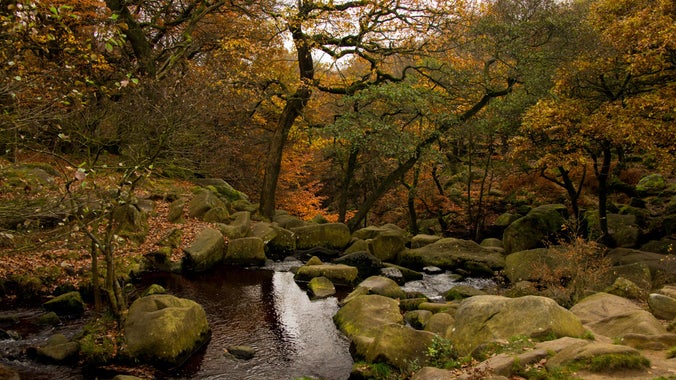
| Asset | Opening time |
|---|---|
| Estate | Dawn - Dusk |
| Longshaw Café and toilets | 10:00 - 16:00 |
| Welcome Building and Bookden | 10:00 - 16:00 |
| Woodcroft car park | Dawn - Dusk |
| Wooden Pole car park | Dawn - Dusk |
| Haywood car park | Dawn - Dusk |
| Ticket type | With Gift Aid | Without Gift Aid |
|---|---|---|
| Whole day | £8.00 |
Second-hand bookshop
Dogs are very welcome in all our outdoor spaces. Please keep your dog on a short lead.
Uneven surfaces and pathways with some steps and stiles. Blue badge parking in main Woodcroft car park. Accessible toilets can be found at the Longshaw Cafe area. The extensive network of bridleways and permissive tracks are shared by walkers, horse riders, climbers and cyclists.
Our rangers work hard to maintain this path but sometimes after heavy rainfall the path can present a challenging terrain for buggies and wheelchairs, so please bear this is in mind when planning your trip.
On some parts of the estate but not everywhere.
Find out more about our upcoming events and seasonal activities.
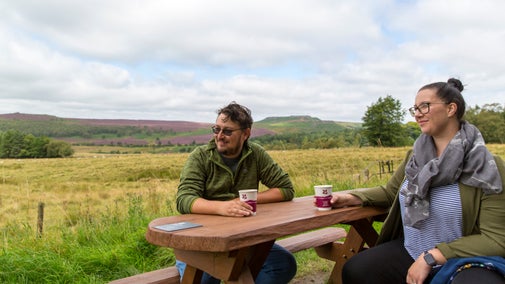
Experience a magical time over the festivities with us at Longshaw Estate, where there's traditions and events for everyone to enjoy.
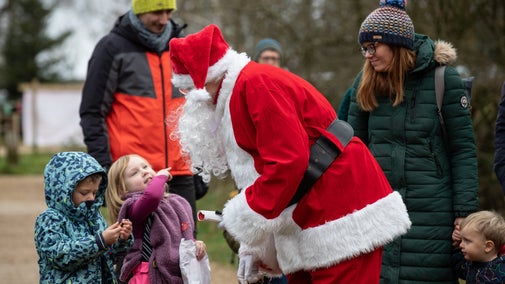
We want everyone to feel welcome and prepared for a visit. In this article you will find some useful tips for planning your trip to Longshaw.
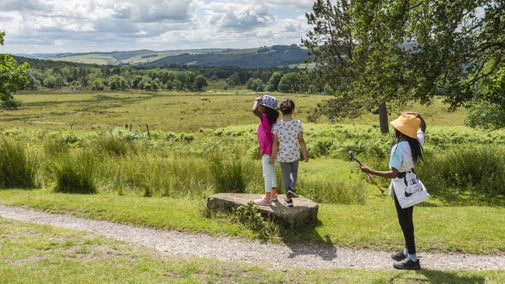
Plan your visit to Longshaw and understand more about the accessibility of this special place so you know what to expect when you arrive.
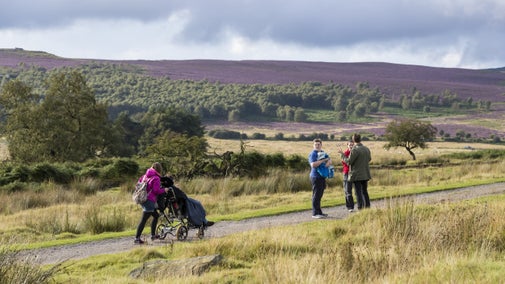
Find out all you need to know about visiting Longshaw, Burbage and the Eastern Moors with your dog.

The Peak District landscapes at Longshaw, Burbage and the Eastern Moors is perfect for outdoor-based group and school visits.

A wonderful place to discover spectacular views of the Peak District, ancient woods, parkland and heather moorland. White Edge Moor overlooks the Derwent Valley and forms part of the long gritstone edge stretching from Stanage towards Birchens Edge, south of Chatsworth House. If you have time, discover the old quarry workings at Bole Hill. Please note: Longshaw Lodge is a private residence with no public access.
There are a network of footpaths and bridleways with ancient woods, gritstone crags and heather moorland. The dramatic landscape makes the perfect place for a walk, or a more adventurous hike. There are family trails close to Longshaw or wide open countryside to explore across the moors.
You'll find the Book Den just off our Woodcroft car park. This second-hand bookshop has shelves full of fiction and fact. With a good selection of books for children and adults, you can pick up your next read at a bargain price at the same time as helping to look after Longshaw for nature and for people. The book shop is open every day from 10am until 2pm.
Longshaw Café serves hot and cold drinks, scoop ice cream, cakes and seasonal lunches.
Mini-explorers and their adults are invited to take part in fun outdoor activities at Longshaw.

Longshaw Estate, is a stunning backdrop for a family adventure in the great outdoors. Find out about the things you can do with your family, and look out for our seasonal activities throughout the year.
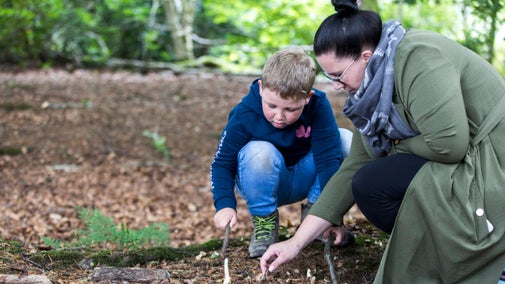
A magical new real-world digital adventure game called Stranger Folk, played on a mobile app, is coming to Longshaw for Halloween! All you need is the secret password to play. As the spirit and human worlds collide, sneaky goblins, cunning boggarts and Stranger Folk are slipping through the crack to stir up trouble. Gather your team and seal the rift before the creatures take hold!
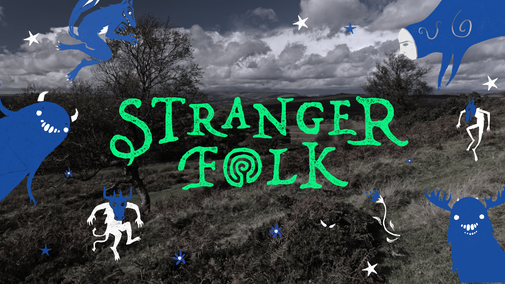
Discover panoramic countryside views, ancient woodland and heather moorland on a walk at Longshaw. Find out what you’ll see on your next adventure.
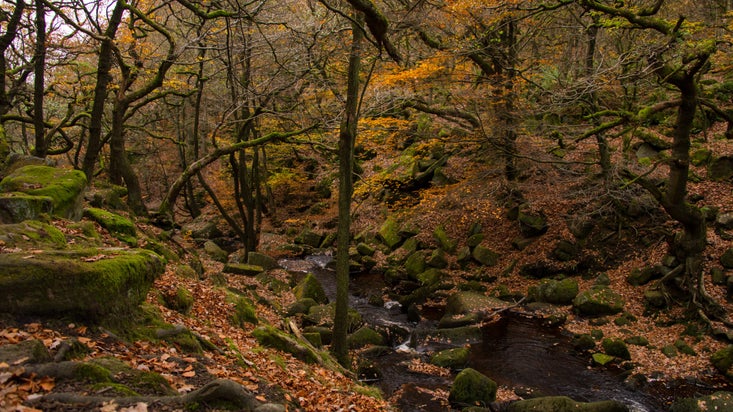
A circular walk with views across the expanse of Derbyshire's Big Moor, a chance to spot red deer and the option to take a break for a pint and some pub grub halfway round.

An easy 2.3-mile circular walk around Longshaw meadow that goes along Burbage Brook and near Longshaw pond, as well as through the ancient woodland at Padley Gorge.

Plan your walk before you leave home, so that your visit is one that is enjoyable and kind to the landscape at the same time.

Discover views across the Hope Valley on the White Edge Loop cycling trail at Longshaw, an easy circular route that explores the estate via bridleways through woodland and moors.

Run through ancient woods, open moors, and farmland on this 6km (3.8 miles) trail around the Longshaw estate in the Peak District, looking out for wildlife and Bronze Age history.

Enjoy a brew with a view at the Longshaw Café where you’ll find a range of sandwiches, snacks and drinks, or pop to the second-hand bookshop to discover your next read.


A former lodge on the Longshaw Estate, Yarncliff Lodge is now a comfortable holiday cottage and perfect base for exploring the countryside.

Original features, a dramatic location with vast Peak District views and a roll top bath perfect for relaxing after a walk.
Come along each Wednesday morning for a free social walk around Longshaw, led by experienced guides who know the area.
Mini-explorers and their adults are invited to take part in fun outdoor activities at Longshaw.
Create a sustainable festive wreath in the Moorland Discovery Centre at Longshaw, with materials sourced from the Estate.
Meet Father Christmas over a hearty breakfast and storytelling session.
Get in the festive spirit and make nature inspired decorations and crafts in the Moorland Discovery Centre at Longshaw.
A wonderful place to discover spectacular views of the Peak District, ancient woodlands, parkland and heather moorland. White Edge Moor overlooks the Derwent Valley and forms part of the long gritstone edge stretching from Stanage towards Birchens Edge, south of Chatsworth House. If you have time, discover the old quarry workings at Bole Hill.
It is a great place to see a variety of wildlife species too. The impressive red deer, northern hairy wood ants and a range of interesting birds are just a few of the creatures living at Longshaw.
Please help to look after the places you love by taking only photographs and leaving only footprints. #peakdistrictproud
Bole Hill is now a quiet corner of Longshaw and a haven for wildlife, but you can still glimpse echoes of the industrial quarry that produced stone for nearby dams in Derbyshire.

Researchers from Liverpool John Moores University are working with rangers and volunteers to investigate how pied flycatchers choose their nesting sites and what influences breeding success.
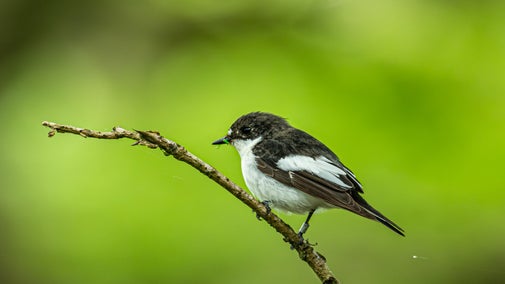
Springwatch 2025 is bringing some magical moments of nature watching from across the Peak District to our screens from 26 May.
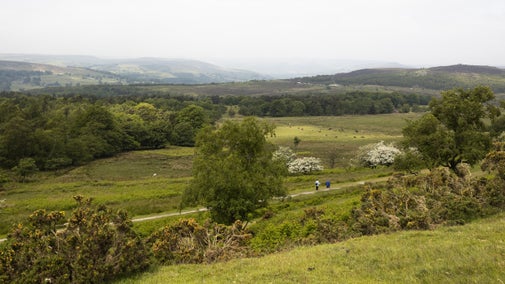
Find out how volunteers, have been working with National Trust rangers to create homes for nature by planting trees on the Longshaw Estate.
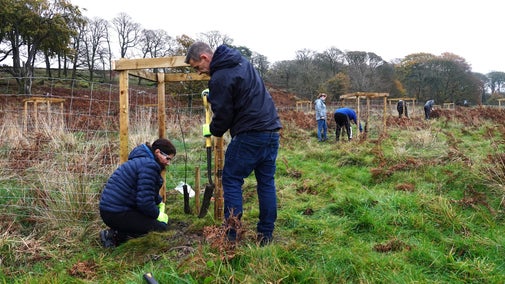
Read about the work going into maintaining the landscape for wildlife and visitors at Longshaw, Burbage and the Eastern Moors.

Find out about the many ways to get involved with our work across the Peak District as a volunteer and discover the benefits volunteering can bring.
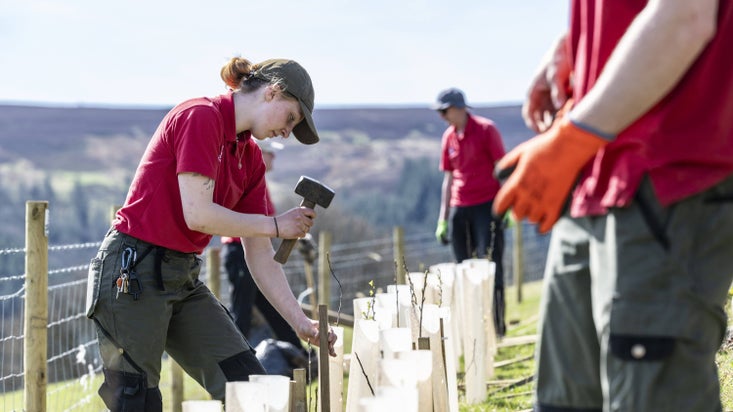

Join today and help protect nature, beauty and history – for everyone, for ever. Enjoy access to more than 500 places with National Trust membership.
By sharing your email address you’re agreeing to receive marketing emails from the National Trust and confirm you’re 18 years old or over. Please see our for more information on how we look after your personal data.